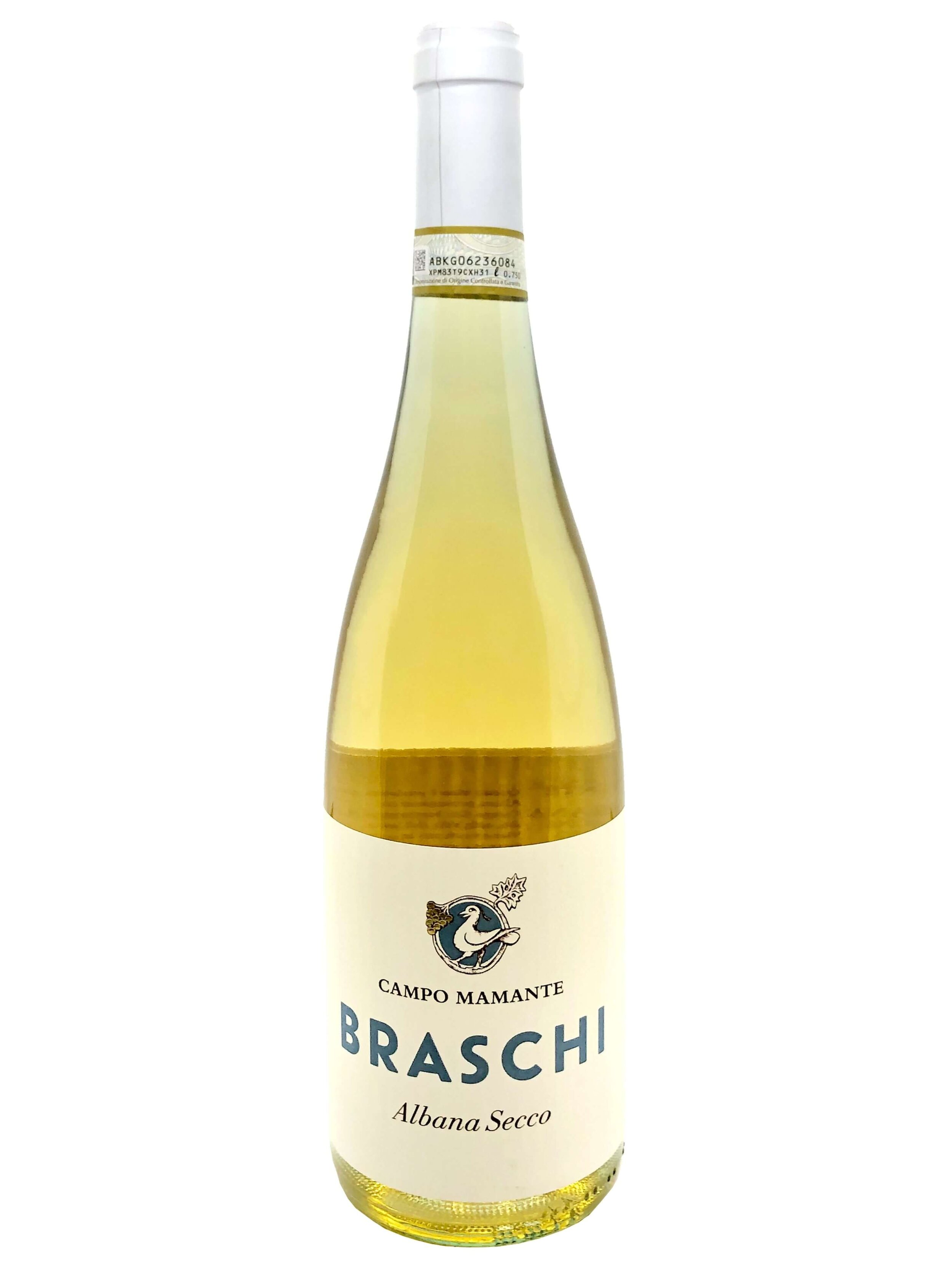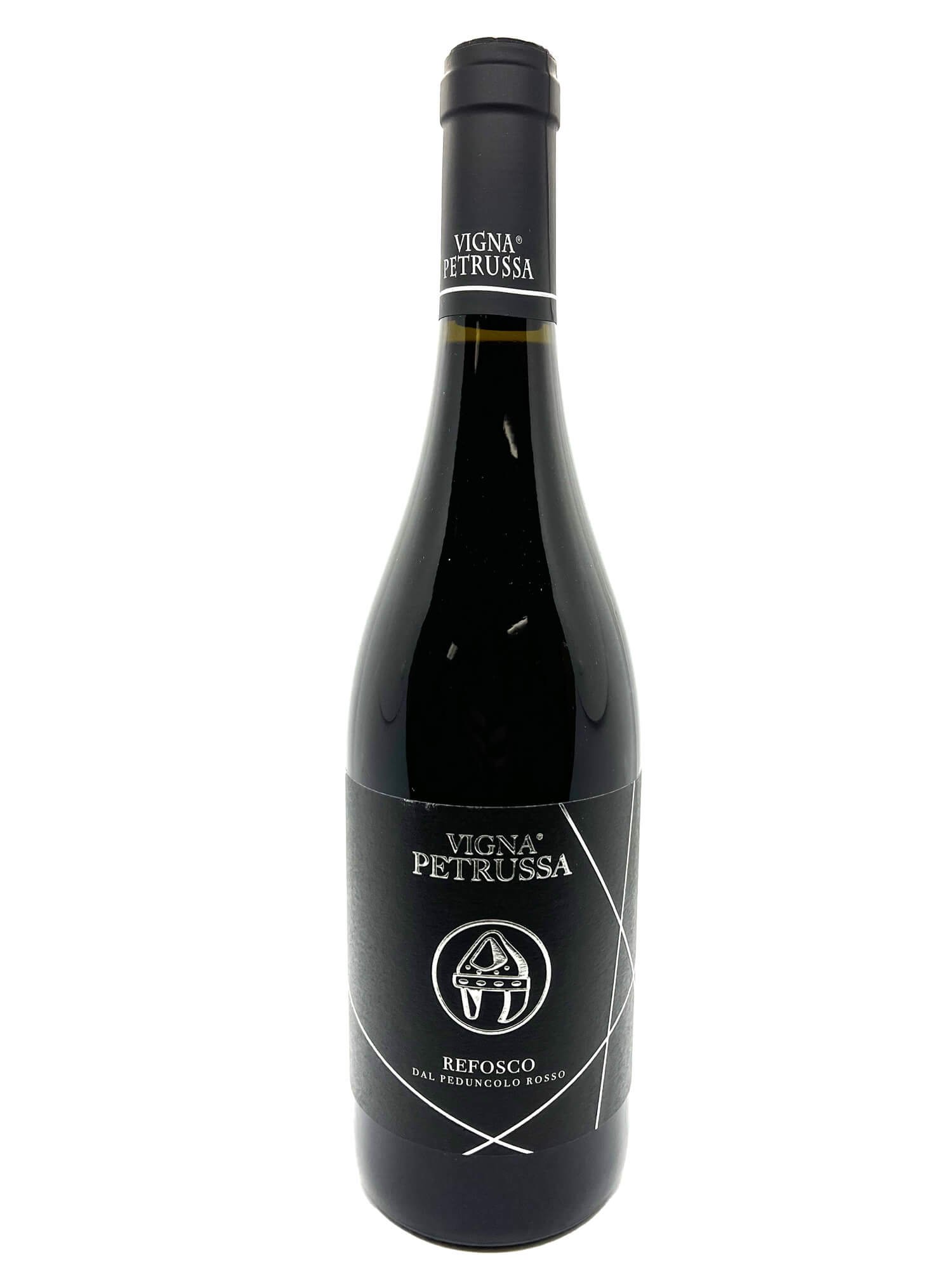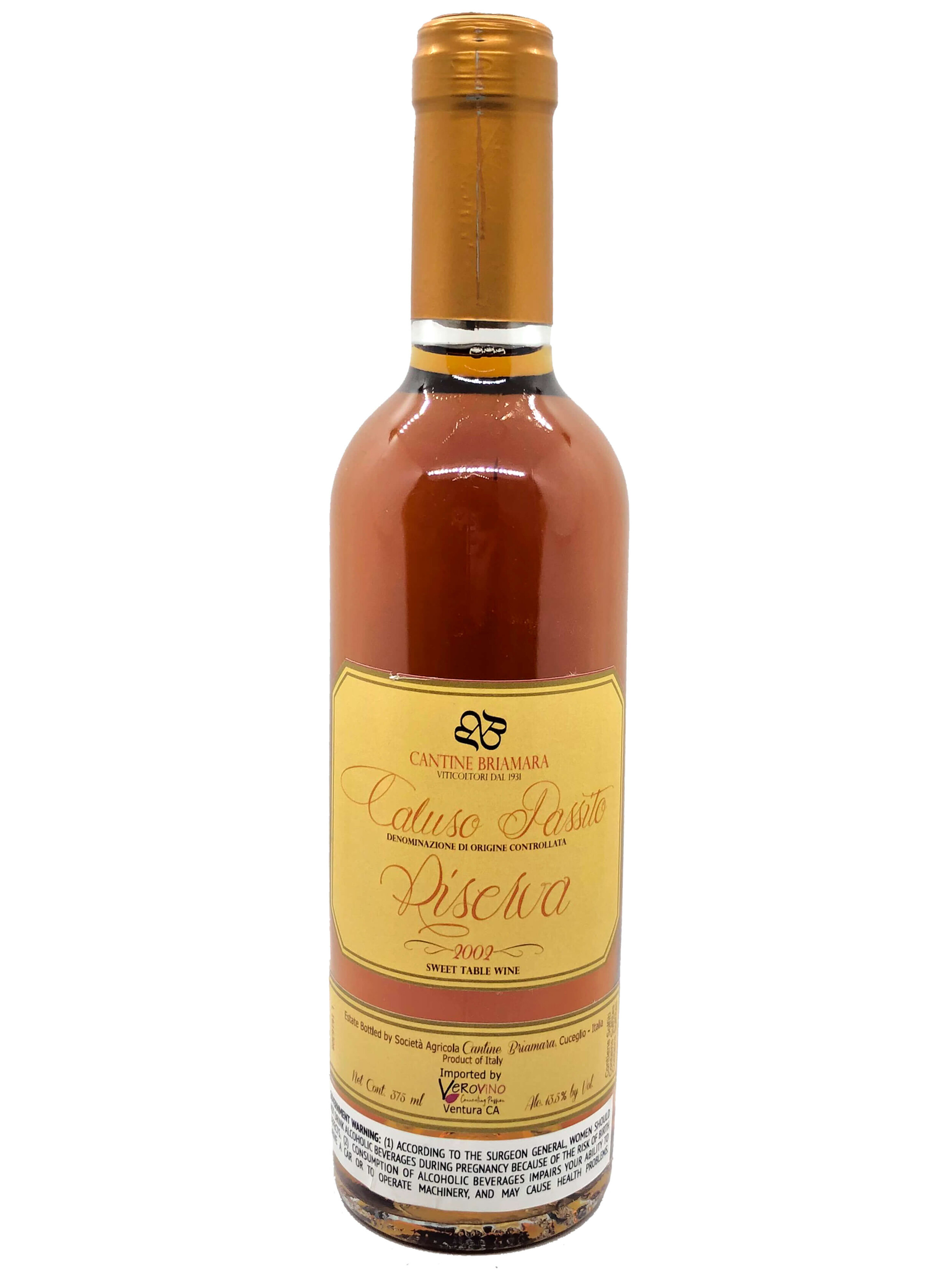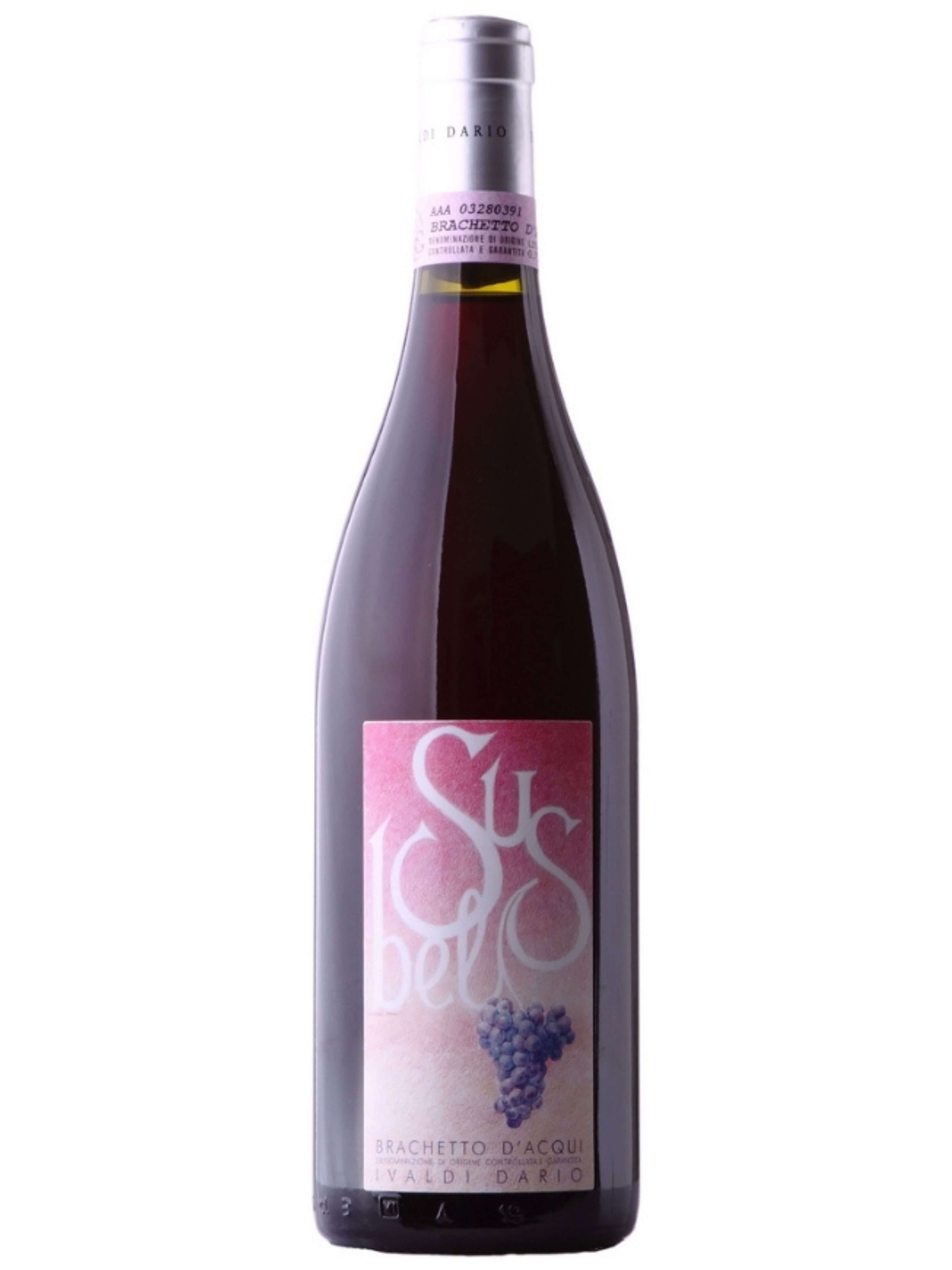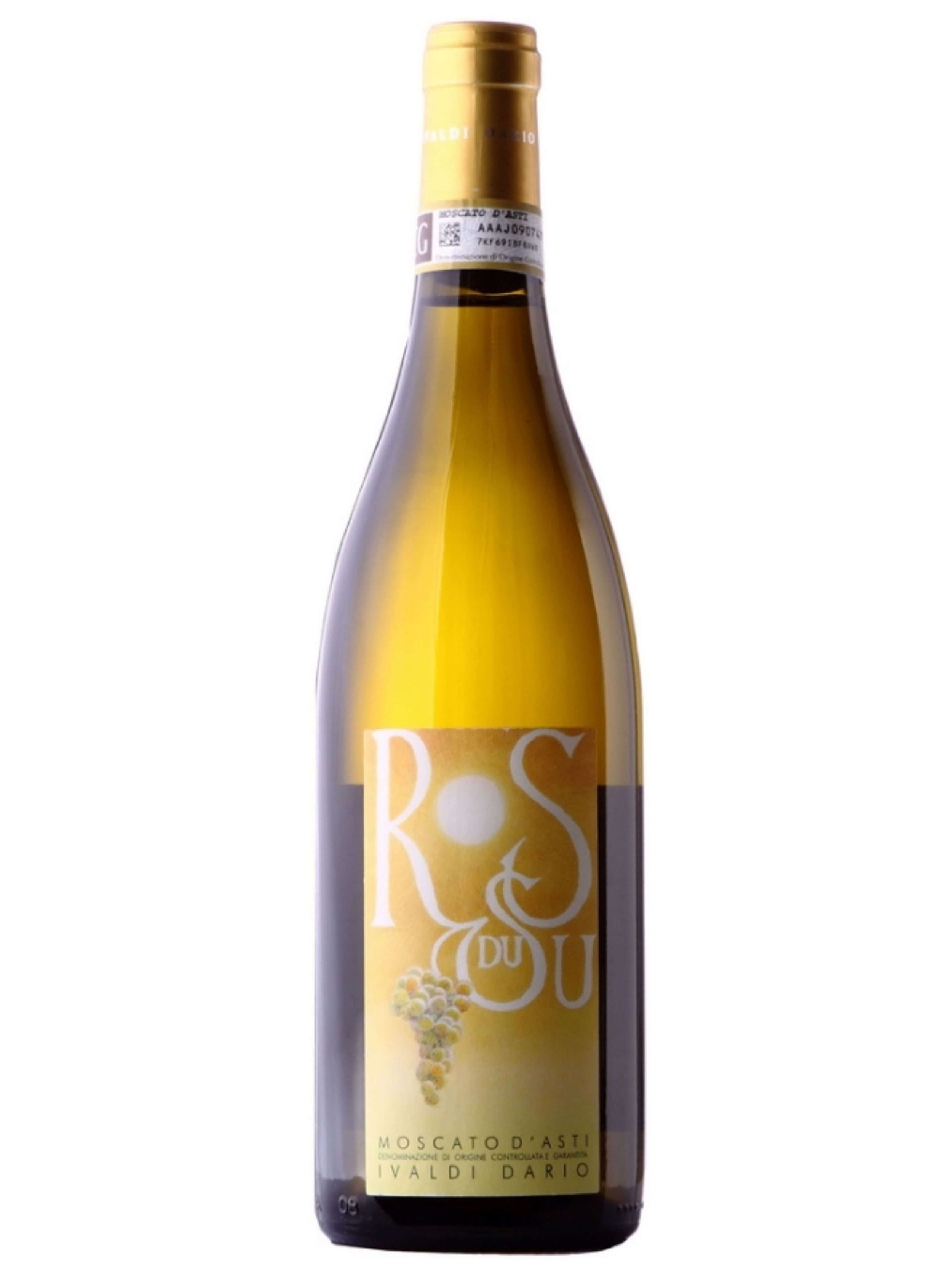It’s the Sugar, Baby
When Vero Founder, Sheila Donohue, was coming back to the US in 2017 after a 15 year hiatus living & working in Italy, she heard many wine professionals say that American wine drinkers “talk dry but drink sweet.” On the cusp of becoming a wine merchant, she was about to find out first hand why Americans working in wine said this.
In fact, at some of her first wine tasting meetings, she was often asked what the “RS”, or residual sugar, was on her dry wines. She’d then go back to her Italian wine producers to ask. In fact, one was stumped, saying that he just makes their dry wines until the fermentation naturally stopped, and didn’t even measure the residual sugar since it was a dry wine with presumably no residual sugar left.
Sheila also found out that most wines you find sold around the USA are “corporate wines”, i.e., those made exclusively to target a specific wine drinker’s palate. This is a different approach than what she was accustomed to in Italy where the winemakers were also farmers, whose mindset is on their land and what nature has created for them without needing to manipulate the taste.
Instead corporate wines are made purely for the market it serves, and are made intentionally to have a specific and consistent taste year after year. Especially in America, having been brought up with lots of sugar in our sodas, cereals, sauces, etc. the '“American palate” is accustomed to a higher quantity sugar present in beverages and food compared to Europeans. Hence, these corporate wines are made by carefully measuring the amount of residual sugar, often adding sugar, so the taste pleases the American palate that they are targeting.
Yet, when a wine is made naturally, like we talked about in last week’s article about sugar and wine, sugar is not an evil villain in wine. Wine, in its purest form, especially when made from small artisan farmers like our producers, is simply fermented grapes. For centuries, winemakers, which historically were all small artisanal wineries, have used sugar as a natural tool in creating different types of wines.
In our last article, we published wine writer, Terry Nozick’s, take on sugar in wine when making sparkling wines. Let’s explore more winemaking techniques with her which use sugar, both in the vineyard and in the winery, as a way to create not only sweet wine types, but also wines our sugar craving “American palates” would still consider to be dry wines.
Dry versus Sweet
Here is an example of the same grape, Albana, by the same producer, Braschi, made both as a dry white wine and a sweet white wine.
In its most simplistic form, wine is made by having yeast eat the sugar in a fruit to make alcohol. The more sugar the yeast consumes the more dry the wine becomes along higher alcohol content as well.
Typically, a “dry” still wine will have minimal residual sugar, somewhere between zero and 10 g/l. Many “grocery store” wines (i.e., “corporate wines”) labeled as dry will come in at the high end, 10 g/l, which is more than many “sweet” wines on the market.
Generally, there is no indication of residual sugar levels on the labels of table wine nor is there corresponding nomenclature for the various levels of sugar as there is in sparkling wines (e.g., “brut,” “extra brut,” “extra dry”, as we covered in this article).
A good general rule for those interested in determining the levels of sweetness of a table wine is this: If all the sugar in the wine has been transformed into alcohol, then the alcohol by volume tends to be high and the residual sugar, or RS, will be zero to none. These are the driest wines you can get. The lower the alcohol content, the higher the residual sugar content, and the sweeter the wine. If you want a sweet wine, look for bottles with 11% abv or lower, and for dry wines usually 14% or more. There are, of course, exceptions to this rule, such as Amarone. Depending on the producer, Amarone is a dry wine, with high alcohol (around 15%) and can have as much as 12 g/l of RS.
There is a category called “off dry” which is between dry wines and sweet wine(s). Off dry wines are found in many northern climate wines, such as in Germany, Alsace and the Czech Republic, since the colder climate often does not allow the grape to fully mature. In fact, in these countries, Riesling wines are common, and, also thanks to Riesling’s higher acidity, Riesling is often made as an off dry wine, having a slightly higher RS level of 10-35 g/l.
Jakub Smrcka, winemaker of Thaya estate winery in the Czech Republic area of South Moravia near the Austrian border, further elaborated on this concept in our VeroTalk with him. Czech wine drinkers are used to having off dry wines due to the colder climate in the Czech Republic. This is because Czech winemakers traditionally would prefer their wines to have some residual sugar since the fruit usually would not be able to fully ripen on the vine due to the onset of cold temperatures during harvest season. Vero carries several of Thaya’s wines which fall into this off-dry category, like their Blaufrankisch rose wine and their Moravian Muscat white wine.
Then moving higher on the RS scale, you have sweet wines like Moscato or sweet Riesling which can have 35-120 g/l, and very sweet dessert wines such as ice wines, Sauternes (made with botrytis like Picolit) and Tawny Ports that can reach a whopping 120-220 g/l. For comparison, note that Coca Cola has 113 g/l of residual sugar, which is in the range of a sweet wine!
Some grapes are structured in a way that allows them to be made into both dry and sweet wine varieties, with the most well-known being Riesling. Another example is the albana grape, which is native to the Emilia-Romagna region of Italy, particularly in the province of Ravenna, which notably is the first white DOCG in Italy! Albana grapes retain a certain amount of unfermentable sugar, putting it on the sweet side, yet it is light and fresh.
Terry Nozick and Melanie Webber tried both versions of Albana from producer Braschi. The “dry” version, called Campo Mamante Romagna Albana Secco, is a light and fresh white, and can be summed up as “citrus and the sea” says Melanie (using a term she heard elsewhere!). The wine has notes of preserved lemon, salinity, some light yellow flower notes, and has crisp acidity and lightness, making it a good pairing with simple shellfish like oysters and clams.
The sweet version of albana from Braschi, Campo Mamante Romagna Albana Dolce, is “a dessert wine that is sort of a dry wine,” per one sommelier. Terry and Melanie felt that the albana grape really comes to life as a sweet wine (although the dry version is delicious as well), with notes of honey, beeswax, orange marmalade, lemon rind, and ginger. This medium sweet wine paired beautifully with their spicy chicken empanadas, and they felt it would also pair with other savory dishes. “This wine shows its complexity and purity of flavors,” said Melanie, who has studied sweet wines of the world in-depth.
With climate change, northern climate wineries, like Thaya in the Czech Republic, are having longer growing seasons and are allowing their fruit to fully mature on the vine. Take, for example, Thaya’s Chardonnay, which is dry, with 4.8 g/l RS. This is right in the middle of the “dry” wine RS level (0-10 g/l), but in this case, the RS adds to the ‘round’ mouthfeel of this white wine. The high level of acidity melds nicely with the natural sugars that you don’t notice the higher residual sugar. Tasters Terry Nozick and Melanie Webber noted this is a fruity chardonnay, with notes of golden apples, cling peaches, a touch of honey and a creamy and long finish. It’s unoaked, aged in stainless steel, therefore extremely fresh and clean, a “gorgeous summer sipper.”
Using Sugar as a Lever in Winemaking
Halting the Fermentation
Methods used to achieve a sweeter style of wine include stopping the fermentation before all the sugars are converted to alcohol, leaving residual sugar in the finished wine. Wines like Brachetto d'Acqui and Moscato d'Asti are produced using this winery technique, specifically in this case using the “Asti method,” as described in this article. The grape juice or must is fermented until it reaches a desired low alcohol level (as low as 5%), meaning that not all of the sugars have been completely eaten up by the yeasts, creating a sweet wine with delightful effervescence. Speaking with winemaker Andrea Ivaldi, he explains that he lowers the temperature of the fermenting wine to 28 degrees Fahrenheit to get yeast to stop fermenting. To ensure that all the fermentation stops, he then filters using a cloth to remove most of the yeast and chills the wine again to around 32 degrees Fahrenheit.
Ivaldi’s “Ros du Su” Moscato d'Asti, which means “rays of sunlight” in the Piedmontese dialect, is just that: it is like drinking chamomile and honey as a wine. The sweetness of the RS is balanced with freshness, sapidity and a light effervescence.
Ivaldi’s “Susbel” Brachetto d'Acqui is a biodynamic, slightly sparkling sweet red wine that has 120 g/l of RS. Brachetto is a low alcohol and easy to drink sparkling red wine that even non wine drinkers love. With its sweetness, unusual aromatics of rose, strawberry and hibiscus, it is also a great wine for making a wine spritzer cocktail (see Brachetto Spritz recipes here).
Learn more about both of these wines and more on our Youtube channel, @VeroVino.
Botrytis
Women owned winery, Vigna Petrussa, makes three different dessert wines.
In the vineyard, grapes can be sweetened by “noble rot,” which is a nice name for a fungal disease technically known as botrytis bunch rot. While it sounds horrible, its effect on grapes is highly desirable when making sweet/dessert wines. Botrytized wines are distinctively scented with such aromas as honeysuckle and apricots and are extremely extracted. This occurs because the fungus shrivels the grapes and concentrates the juices, which are high in sugar and very sweet. There are just a few places in the world where the ideal weather conditions for producing botrytized wines can be found (a combination of riverbanks, fog and sunshine), such as Sauternes in France and Tokaj in Eastern Hungary.
But, a well kept secret is that also in North Eastern Italy it is possible to make a botrytized wine: second-generation woman winemaker Hilde Petrussa uses this method to produce a sweet wine in Friuli Venezia Giulia, near the Italian border with Slovenia. Her Vigna Petrussa Picolit Dessert Wine is this wine. It was named as one of the “Best Sweet Wines in 2023“ by VinePair. Picolit, a white grape, is one of Italy’s oldest native varieties which experienced a revival beginning in the 1950s. The grapes “scrawny” bunches make for “an ugly duckling meant to fly like a wild swan… potentially one of the world’s best sweet wines,” says wine author and professed picolit fan Ian d’Agata in his book Native Wine Grapes of Italy. He believes that this variety is overproduced, and not well, but notes that Vigna Petrussa is an exception and a “wine to try.” D’Agata has also written that Vigna Petrussa is “one of Italy’s best and most under the radar estates.”
Air drying grapes at Vigna Petrussa.
Appassimento Method
A more common technique for achieving sweetness in grapes is via the “dried grape method,” by either leaving the grapes to raisin on the vine (also known as “late harvest”) or picking and then drying them by various methods. By letting the grapes hang for a long time on the vine they naturally shrivel, resulting in sugar-rich grapes that are slightly desiccated. A method for drying the grapes is called “appassimento” in Italy. After picking, the grapes are laid out on straw or wicker mats or hung from rafters until dried. This technique is not necessarily used to create a sweet wine. In fact, just think of the name of the most well-known wine that employs this method: Amarone del Valpolicella. The word Amarone means big bitter one, referring to the bitter qualities that are found in the native grapes that make up this traditional red blend from Italy.
Likewise, woman winemaker, Hilde Petrussa of Vigna Petrussa, employsthe appassimento technique for a number of her wines, like, for example Vigna Petrussa’s Refosco. The refosco grape has high tannins and acidity. Hilde air dries approximately 20% of the grapes when making her Refosco to soften the harsh qualities of the grape.
In addition to using air drying to sweeten Hilde’s sweet white wines, this woman winemaker also uses this technique with her self professed favorite grape, schioppettino, to make her enchanting Perla Nera Appassimento Red Wine. Hilde Petrussa lets her grapes hang on the vine to ripen as long as possible and they lays them out on mats to dry to concentrate the sugar in a red wine like this.
The Bora winds in Friuli help Vigna Petrussa air dry or appassire their grapes.
Tasters Terry Nozick and Melanie Webber found this late harvest red concentrated and full bodied, with massive amounts of dried cherries and cranberries on the plate, and herbs like cloves and licorice. This “really delicious” wine is “dry yet sweet,” almost like a semi sweet wine and could be paired with entrees like duck with cherry sauce, with a charcuterie board, or with dessert. It’s made with the native schioppettino grapes, which are 100% dried using the “appassimento” method. The schippettino vines and wines “are back from the dustbin of memory… and bound for stardom,” says d’Agata, who also calls Vigna Petrussa’s schioppettino one of his “wines to try.”
White versions of passito are also delicious, often filled with notes of apricots and honey. You can try another Vigna Petrussa wine made with the appassimento method is Desiderio, but made with local Friulian indigneous white grapes, rather than the red Schioppettino, or the sumptuous North Piedmont Caluso Passito, made from erbaluce grapes and aged for 10 years in casks before bottling!
Frozen Grapes
Another and rarer method to achieve sweetness in grapes is to allow them to freeze on the vines. This concentrates the sugars in the grapes, and when they are crushed only the delectable “liquid gold” that comes out of the grapes is used to make delicious, succulent dessert wines. Most of these wines come out of Germany and Canada.
If you are a fan of sweet wines, or are curious about them, check out this article “Are Sweet Wines Coming Back?” as well as getting tips on pairing sweet wines with different foods.
Learn by Doing: Taste a Variety of Dry, Off Dry and Sweet Wines
We here at Vero love exploring different flavors and textures in wine, and comparing and contrasting. This includes tasting different varieties and styles from sparkling wines, dry wines, sweet white wines and sweet red wines, to excite and enliven your palate.
We sell our farm to glass wines and olive oils to businesses and consumers across the US:
If you are a distributor reach out to us introduce our highly curated portfolio of one of a kind small production wines to your state.
We sell to wine stores and restaurants in certain states - contact us to learn more.
If our farm crafted natural wines and olive oils are not in your local shop or restaurant, buy wine online here, and we’ll ship it to you, including wine gifts.
We also have an award winning wine club for true wine explorers that are seeking to continually discover unique, sustainable and authentic small production wines they never had. These are wines selected by our sommeliers and curated for each box.
We do corporate gifts and sommelier guided wine tastings. Email us and we’ll tailor unique and sustainable corporate gift ideas.
Article written by Terry Nozick, wine writer and WSET Level 4 Diploma.





